-
25 Building Webster’s Lab V2 – Update ESXi Hosts using VMware Lifecycle Manager
[Updated 29-Aug-2021]
Previous to vCenter 7, VMware used Update Manager to enable centralized patch management for ESXi hosts. In vCenter, VMware introduced Lifecycle Manager. Lifecycle Manager offers many features beyond what we need for this article series. We use only the basic patch management capability.
In your internet browser, browse to vCenter. For me, that is https://vcenter.labaddomain.com. Click LAUNCH VSPHERE CLIENT (HTML5), as shown in Figure 1.
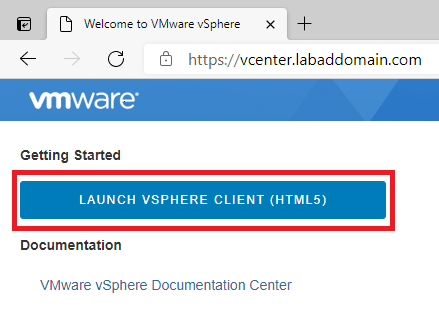
Figure 1 Enter the required credentials and click LOGIN, as shown in Figure 2.
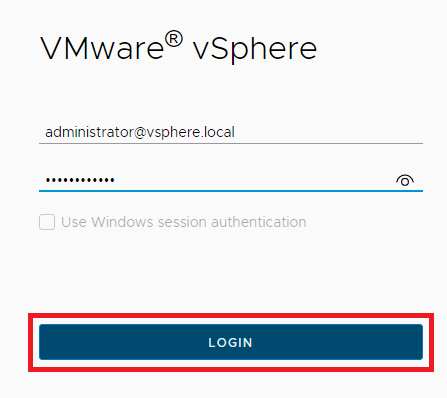
Figure 2 Click Menu and click Hosts and Clusters, as shown in Figure 3.
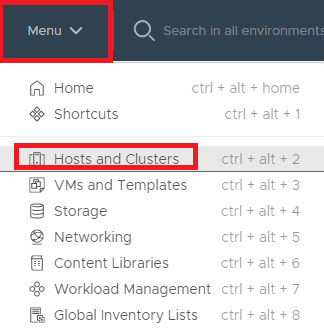
Figure 3 Expand the Datacenter in the left pane, click on the Cluster, click on Updates in the right pane, and click on Baselines, as shown in Figure 4.

Figure 4 Under Attached Baselines, click ATTACH, and from the dropdown list, click Create and Attach Baseline, as shown in Figure 5.
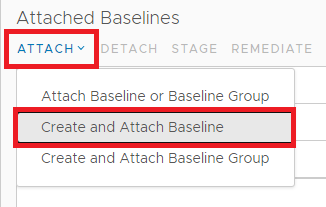
Figure 5 Enter a Name, an optional Description, select Patch, and click Next, as shown in Figure 6.
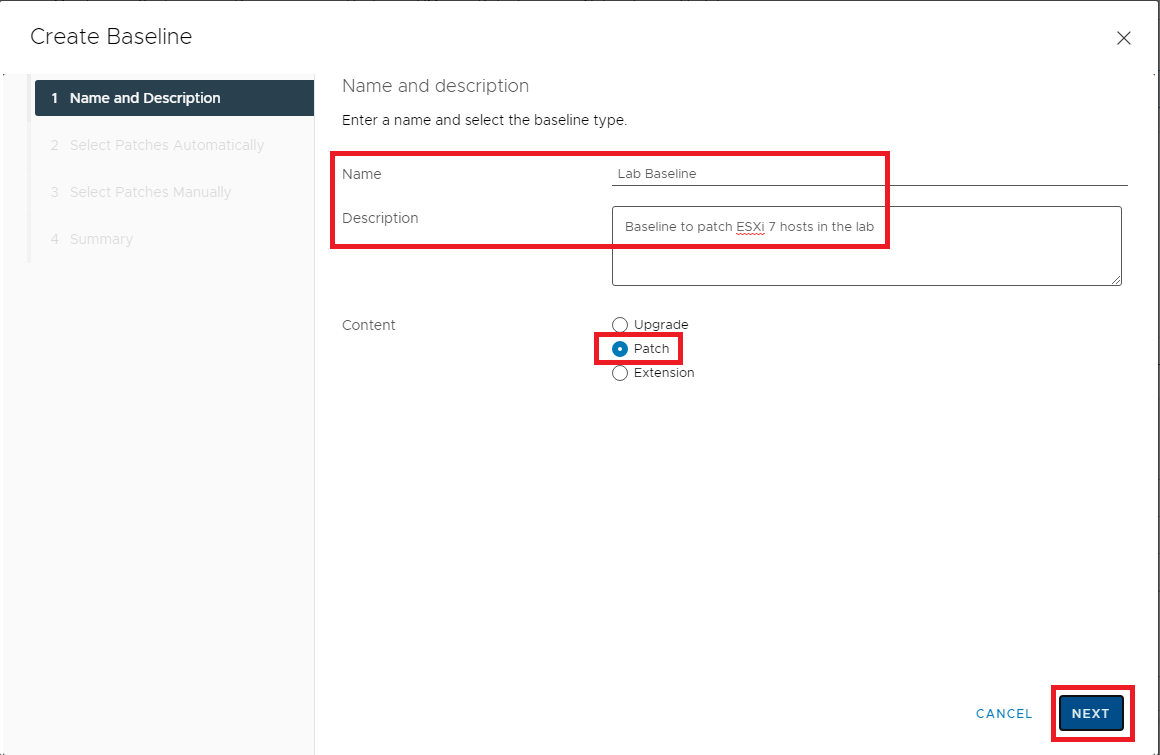
Figure 6 As shown in Figure 7:
- Verify that Automatically update this Baseline with patches the match the following criteria is selected
- Under Patch vendor, select VMware
- Under Product, scroll down and select embeddedEsx 7.0.*
- Under Severity, verify Any is selected
- Under Category, verify Any is selected
After you make all selections, click Next.
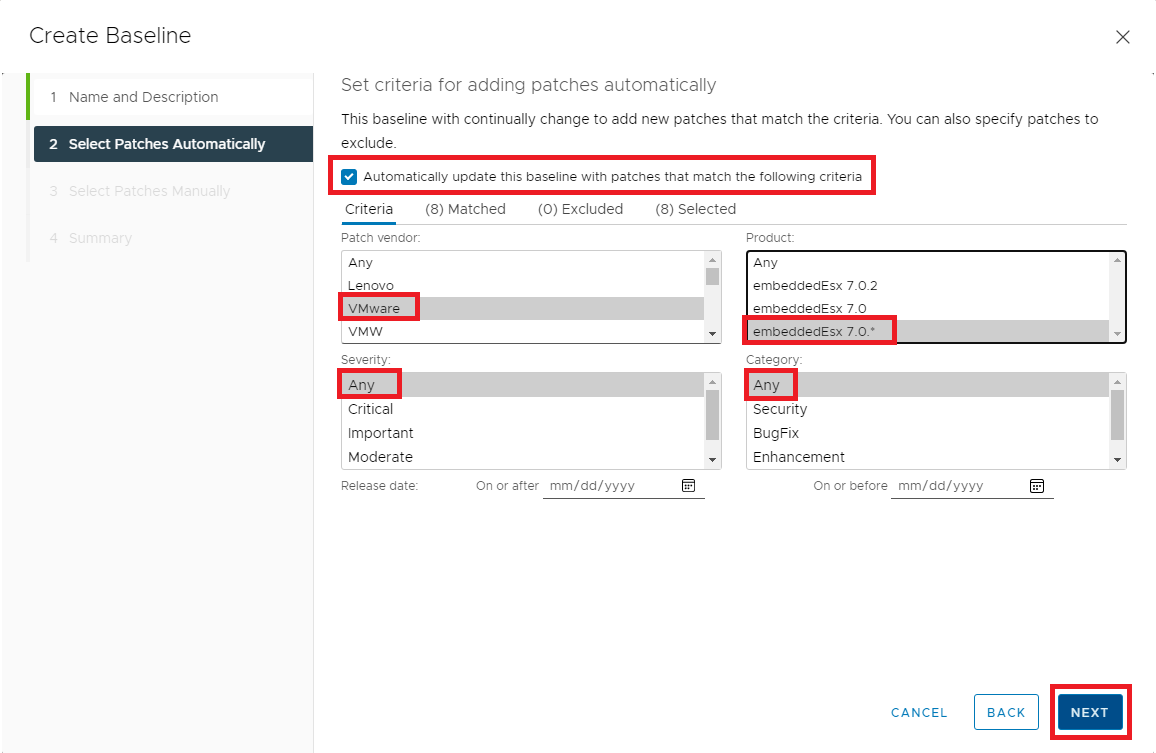
Figure 7 We are not installing patches manually. Who wants to sift through 700+ patches to determine what applies?
Click Next, as shown in Figure 8.
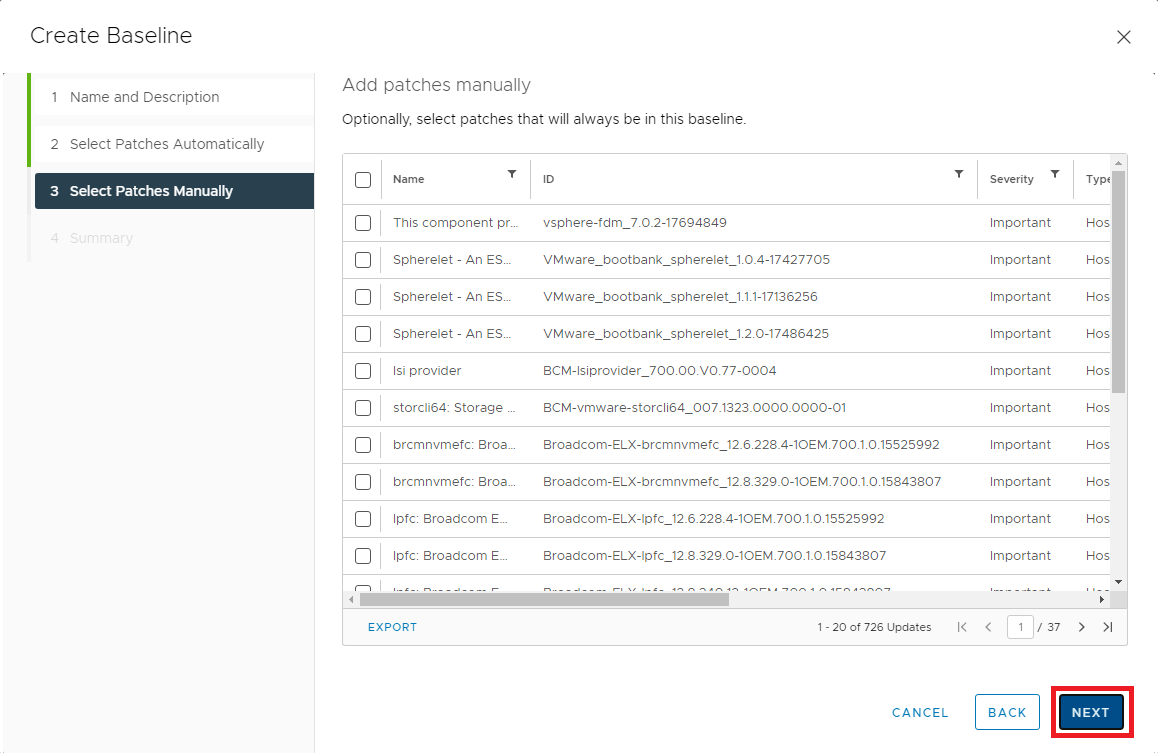
Figure 8 Verify that all the information is correct. If the information is correct, click FINISH, as shown in Figure 9. If any information is not correct, click Back, correct the information and continue.
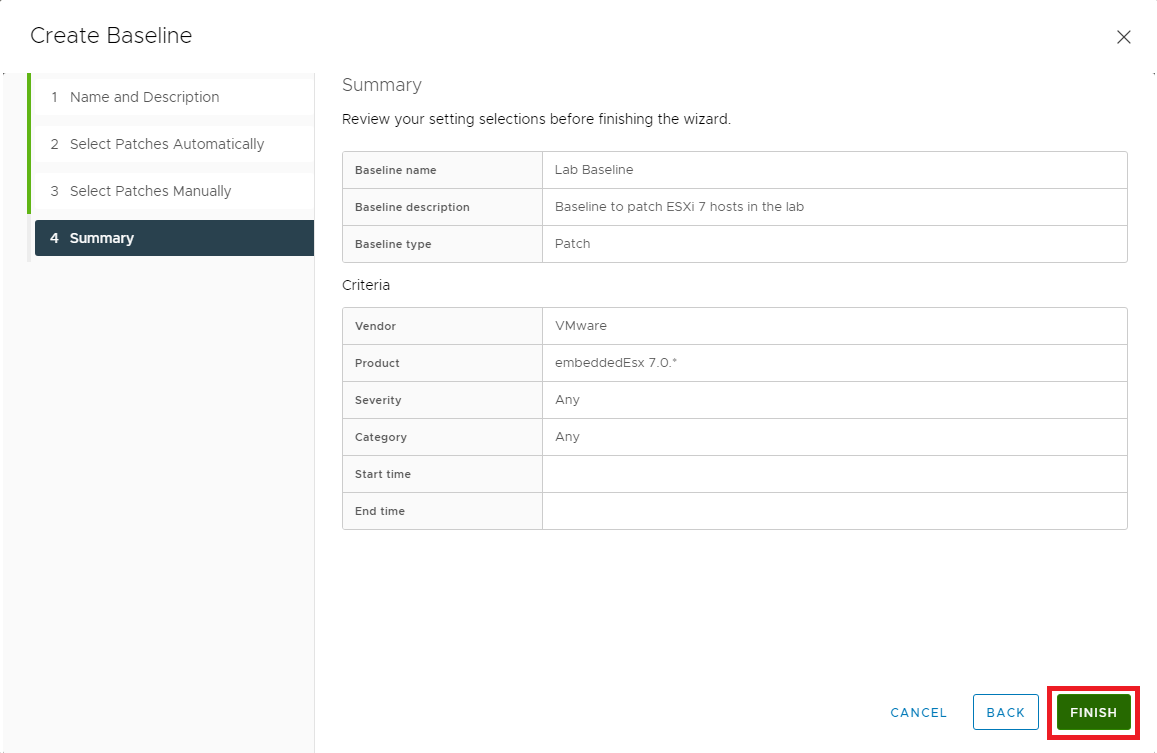
Figure 9 Click CHECK COMPLIANCE, as shown in Figure 10.
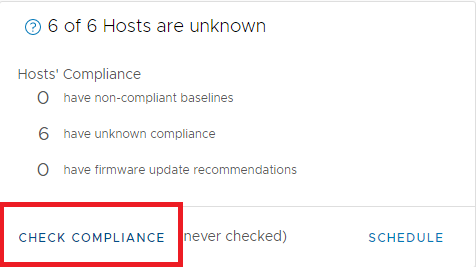
Figure 10 After the compliance check completes, as shown in Figure 11, all the hosts are out of compliance. There are patches in the just created Baseline that do not exist on any of the ESXi hosts.
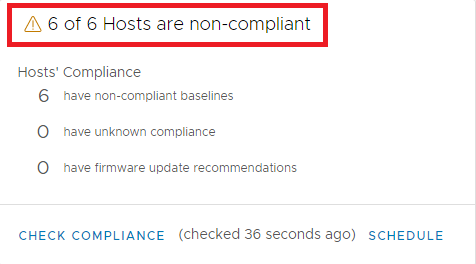
Figure 11 Select the just created Baseline and click REMEDIATE, as shown in Figure 12.

Figure 12 Verify that all six hosts are selected and click REMEDIATE, as shown in Figure 13.
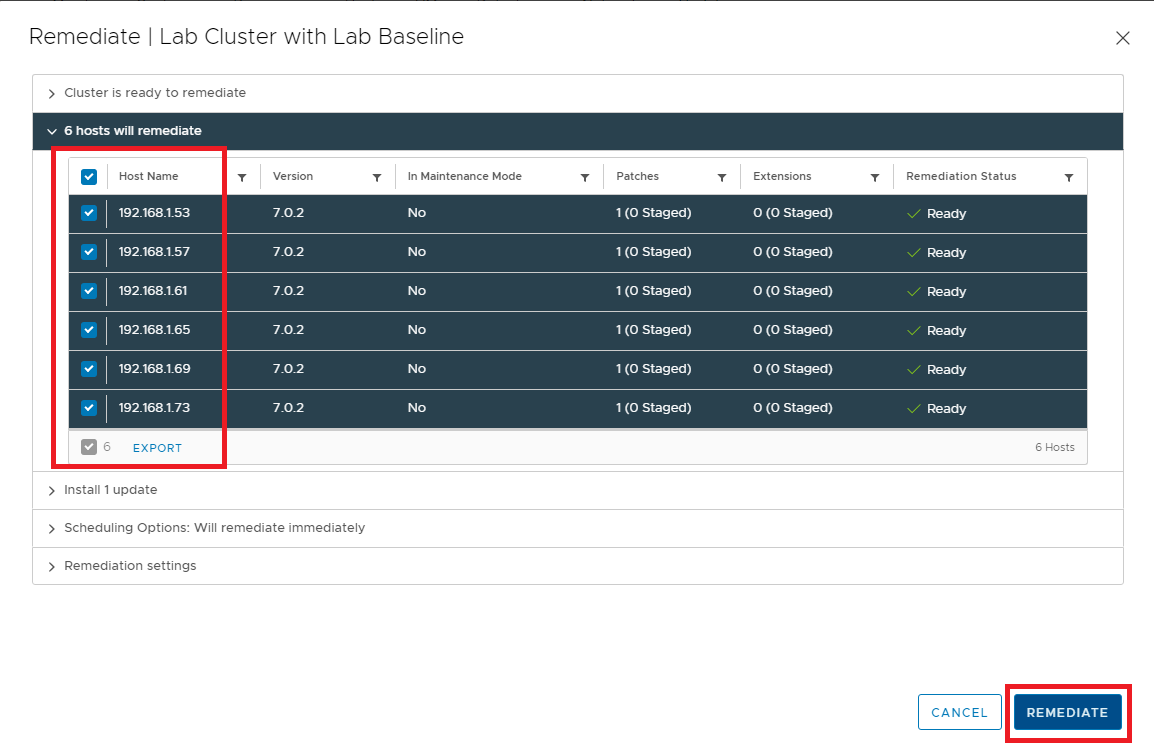
Figure 13 The remediation process begins, as shown in Figure 14.

Figure 14 Depending on the patches’ requirements and whether any running virtual machines must move to another host or hosts require rebooting, it can take a few minutes to an hour or longer to remediate every host in a cluster. Figure 15 shows the process for patching the hosts.
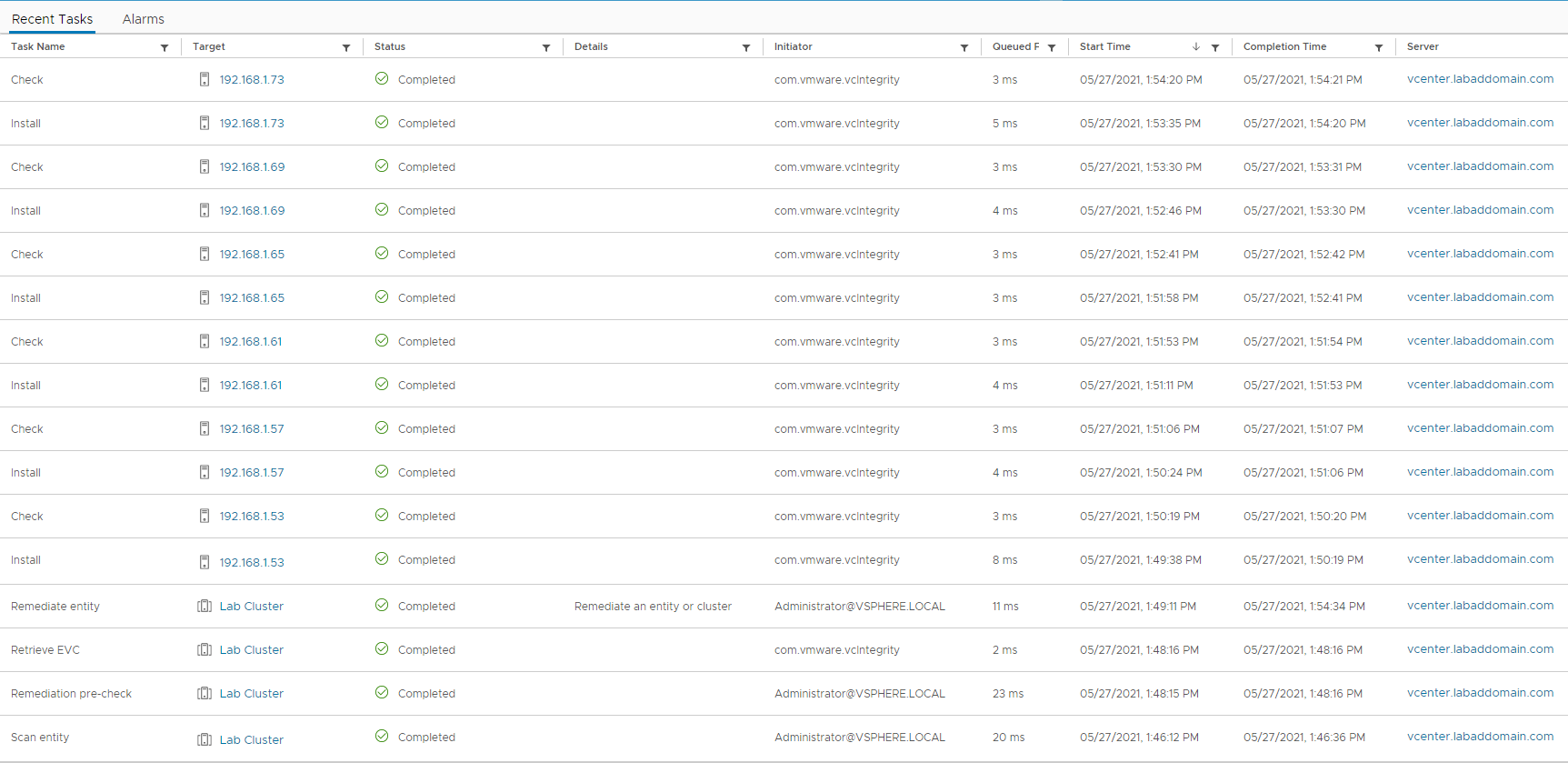
Figure 15 A post-compliance is automatically run. Figure 16 shows that all hosts are now in compliance.
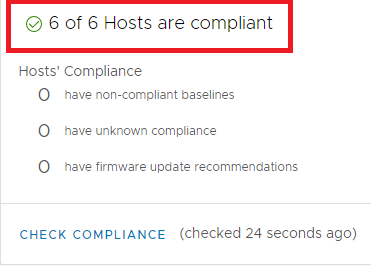
Figure 16 At the top of the vCenter page, we see a message that an update for vCenter is available. Click VIEW UPDATES, as shown in Figure 17.

Figure 17 As shown in Figure 18, this takes us to the Update Planner. We can’t update the vCenter appliance from here, but this allows us to see the available vCenter update information.

Figure 18 Select the available update and click Pre-Update Checks from the GENERATE REPORT dropdown list, as shown in Figure 19.
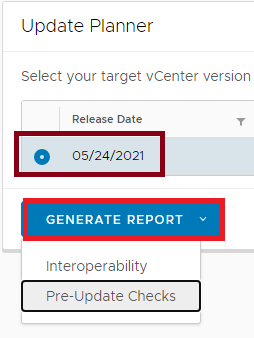
Figure 19 The Pre-Update Checks report if there are any issues we must resolve before updating the vCenter appliance. As shown in Figure 20, there are no issues to resolve. Click OPEN APPLIANCE MANAGEMENT.
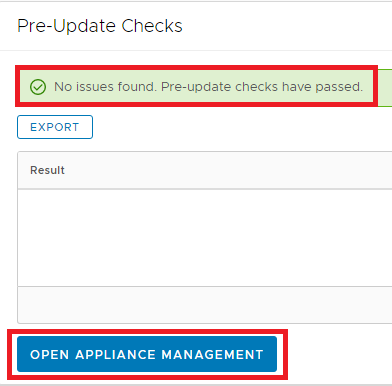
Figure 20 As shown in Figure 21, we are at the log-in screen for the vCenter appliance. Follow the process covered earlier to backup, snapshot, and update the appliance.
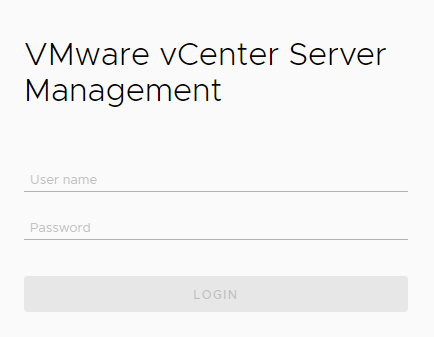
Figure 21 Up next: Advice, Conclusions, and Lessons Learned.






June 25, 2021
Uncategorized